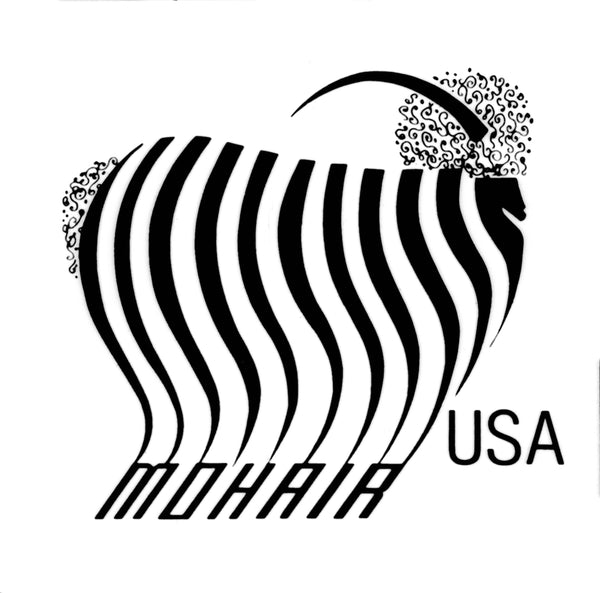Our Producers
Why do American mohair producers do what they do? They care passionately for their animals, their land and the high quality fiber they bring to the local, regional and global marketplace.
Here, we profile legendary multi-generational mohair producers, Bonnie and Dale Naumann and Seco Mayfield. These families have dedicated their lives to raising Angora goats and producing exceptional quality mohair.
Bonnie and Dale Naumann

Nestled unassumingly amidst the undulating hills surrounding Bandera, Texas, a hidden gem awaits. The legacy of this gem runs six generations deep—six generations of dedication to breeding and raising Angora goats here in the Texas Hill Country.
But this gem is truly unique.
Laser focused on a niche audience of artisan spinners, weavers, and craft textile enthusiasts, Bonnie Naumann and her husband Dale are dedicated to breeding exactly what their customers want. They travel to fiber festivals throughout the U.S., selling their mohair products directly to individuals who seek out Naumann Angoras because of the quality they have become known for.
“Our customers have high expectations,” says Bonnie. “They know precisely what they want, and our approach to breeding and raising Angoras is designed to deliver exactly that.”
In many ways, Bonnie and Dale’s approach to breeding and raising Angoras and handling their mohair fiber mirrors the craft of their artisan customers. With a high degree of intention, they selectively breed to ensure the coat color and quality is precisely what their customers want.
“Today, many of our customers are seeking out the natural, colored mohair, so we are breeding specifically for these traits.”
In addition to natural colored mohair, the Naumann’s also hand dye mohair in unique and vivid colorways, appealing to the interests of this segment of their customer base.
“Our approach has always been to put the customer’s interests first. We take the time to understand what our customers want, and then we create it. Everything we sell is homegrown.”
As leaders in the U.S. mohair industry, Bonnie and Dale are deeply involved at every level, judging local, state, and national shows and volunteering their time to various boards and organizations. As the current president of the Mohair Council of America, Bonnie leads the nation’s promotion and research organization which is charged with increasing profitability and perpetuating the sustainable production and uses of Angora goats and their diamond fiber, mohair.
“We do this for the passion,” says Bonnie, “we love what we do, and our customers are so interested in it.”
Seco Mayfield

Big blue skies sit atop a sprawling ranch on the Edwards Plateau just outside of Rocksprings, Texas—a place legendary for the U.S. Angora goat industry.
“My great grandfather brought Angora’s out here when they first came to Texas in the late 1800’s” says Stanley “Seco” Mayfield. “The land and climactic conditions were perfect for raising Angora’s, so the industry flourished. Over 90 percent of U.S. mohair is produced here in Texas.”
In addition to his work on the ranch, Mayfield also serves as the General Manager for the Sonora Wool House and Feed Supply, working closely with Angora producers throughout Texas, buying and selling mohair for the U.S. and global market.
The Angora’s roam free on Mayfield Ranch, feeding on the natural vegetation, intermingling with the cattle. It’s an idyllic life for these grand creatures whose diamond fiber, mohair, eventually finds it way far from the ranch as a growing trend in the global textile and fashion industries.
“Goaty! Goaty! Goaty!”calls Seco’s son, Ed, as a herd of Angoras runs across a pasture of rolling hills. This father-son team works closely together, gathering up their goats by horseback and using drones to find their herds, which are often scattered across their majestic Texas ranch.
“This land was made for Angoras,” said Seco. “Our family has built a multi-generational heritage around mohair, supporting the industry locally, nationally, and globally.”

